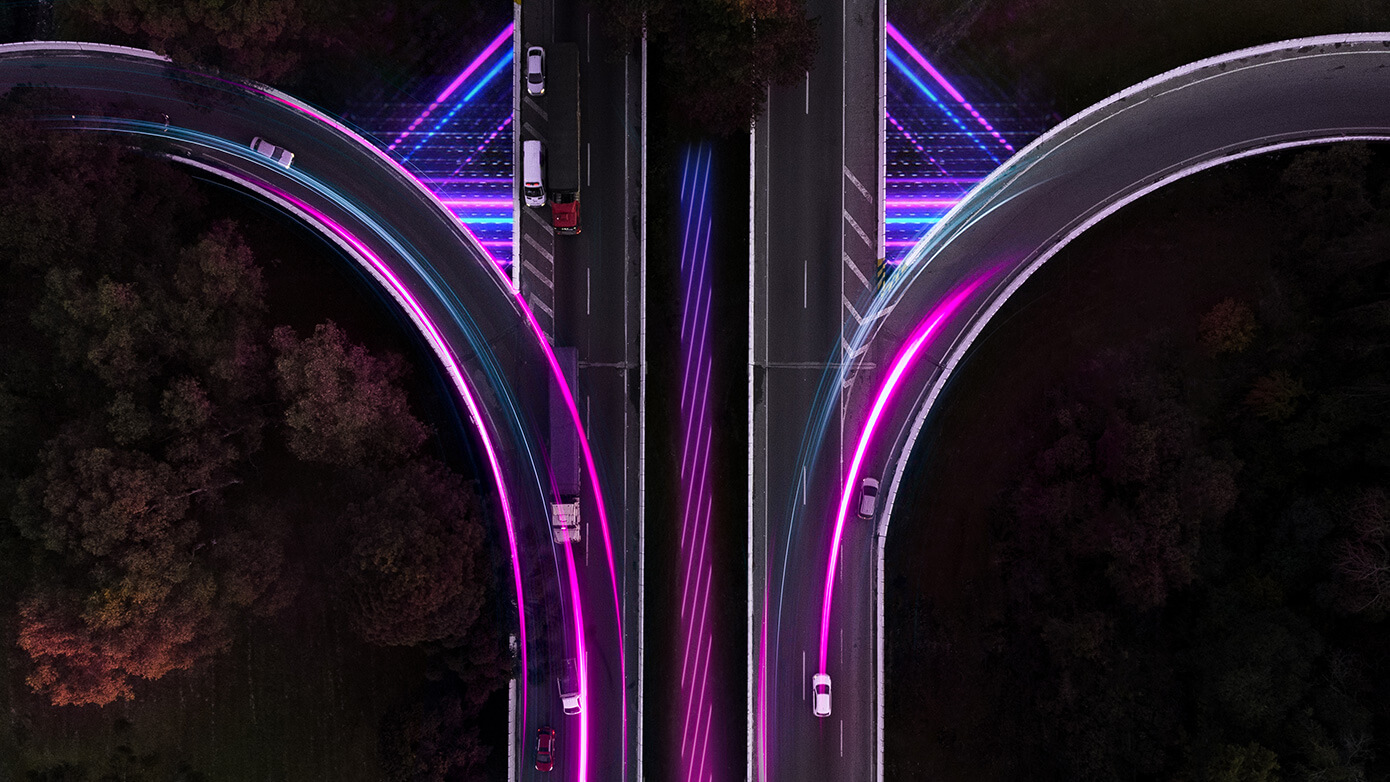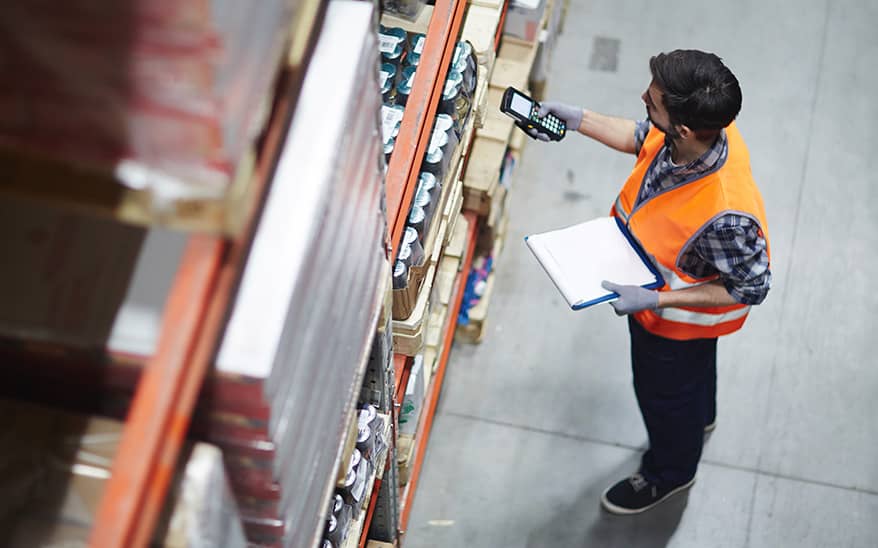Learn more about microfulfilment and how it can augment and benefit existing fulfilment strategies.
- 2 April 2021
- By Manhattan Staff

As ecommerce and ‘store to door’ delivery looks set to continue well beyond the end of the pandemic, many retailers are struggling to turn a profit from online sales.
The challenges of 2020 didn’t just fast-track ecommerce uptake, they also accelerated advances in technology, pushed businesses to revaluate traditional models and forced many to rethink relationships between retailers, disruptive start-ups and automation; setting the scene for a radical shake up of fulfilment strategies in 2021.
Authority on digital transformation and social entrepreneur, Dez Blanchfield, sat down with Manhattan Associates’ Alex MacPherson to discuss the hot-button topic of microfulfilment and how it can augment and benefit existing fulfilment strategies.
What's driving this new approach?
MacPherson began: “Microfulfilment is really about moving out of large singular DCs to more local, smaller, convenient hubs. Traditionally, customers often would perhaps have (depending on the size of brand and industry) one or two large, remote DCs which they would look to fulfil orders from for an entire country or region.”
“By expediting the fulfilment process, microfulfilment gives brands the opportunity to get goods to their customers more quickly; it also provides them with an additional, convenient click and collect point for consumers. It’s about taking the overall supply chain and making it more distributed, in an ongoing effort to meet customer expectations that will continue to shift and evolve well beyond the end of the pandemic.”
What's needed to make microfulfilment work?
“When we think about microfulfilment in terms of a solution set, it's almost a spectrum of supply chain technologies and areas, really. Some of the larger fulfilment centres where you're looking at almost a small distribution centre, will require a warehouse management type solution, whereas the smaller centres will need something more akin to a store fulfilment solution – luckily we offer both at Manhattan Associates,” continued MacPherson.
“Curbside pickup was one of the really interesting requests Kendra Scott the American jewellery retailer came to us with during the pandemic (which plays into the wider microfulfilment strategy).”
“As a customer, I might say that I want to turn up in a location, open my boot and have the store associate load the product (ordered online and fulfilled from store) into my car. Well, we enabled that within a week, meaning Kendra Scott effectively turned its store network into a series of nationwide, ecommerce, microfulfilment centres.”
What does microfulfilment mean for traditional stores?
“As a result of many of the restrictions imposed by the pandemic, a lot of retailers are now looking to fulfil ecommerce orders from stores, to the point that it’s become so successful we may soon reach a point where you're almost pushing customers or footfall into the stores as parcel collection points, rather than the traditional function of stores.”
“Many retailers who've got large numbers of physical stores now probably don't feel that they need to keep so many and will look to reduce their high-street square footage; keeping those stores that do remain (certainly in terms of fashion retail) more like showrooms, holding less costly inventory on site.”
“Customers will still be able to look, feel and touch products, but actually in terms of fulfilling orders that may well come from another point. This is where microfulfilment centres really come into their own. For example: a customer may say; yes, I like this product. This is exactly what I want. I'll be here shopping in the city centre for a while. Can you get it ready for me to collect within next hour and a half, or simply deliver it to my home?”
“Now there's no way you could do that from a remote DC to a city centre location, but you can do it from a microfulfilment centre,” MacPherson added.
3 tips for making the right microfulfilment decision
“So there are three key considerations that I think I would advise people to do when considering a potential microfulfilment strategy.”
“The first is to consider what is the purpose of your microfulfilment centre: are you looking at it in terms of fulfilling direct consumer orders, or maybe you are looking at it in terms of a click and collect location, or a hub and spoke model delivering out to stores?”
“Secondly, how many SKUs you decide to offer will largely determine where you locate, and finally, what type of technology will you need in the centre itself to make it function smoothly. Maybe it will require more automation or maybe it will require a specific, leaner warehouse management solution.”
“Microfulfilment centres will enable brands to deliver faster and more efficiently on brand-customer promises, but make sure you don’t sacrifice due diligence at the strategic planning stage for speed of operational roll-out,” MacPherson counselled as a final word on the matter.
Looking ahead to the immediate future, there are still many challenges ahead, however, we can finally begin to feel positive of the longer-term outlook.
The last twelve months showed us all (retailers, business leaders and consumers alike) what could be achieved with an agile, proactive, ‘can do’ mentality. Providing this approach to problem solving stays with us post-pandemic, it should herald an exciting period of supply chain innovation, as advances such as microfulfilment become commonplace.
For more insight into the hot-button topic of microfulfilment you can catch Dez & Alex’s full conversation in the podcast ‘Conversations with Dez’ here, or reach out to Alex directly, on LinkedIn.




